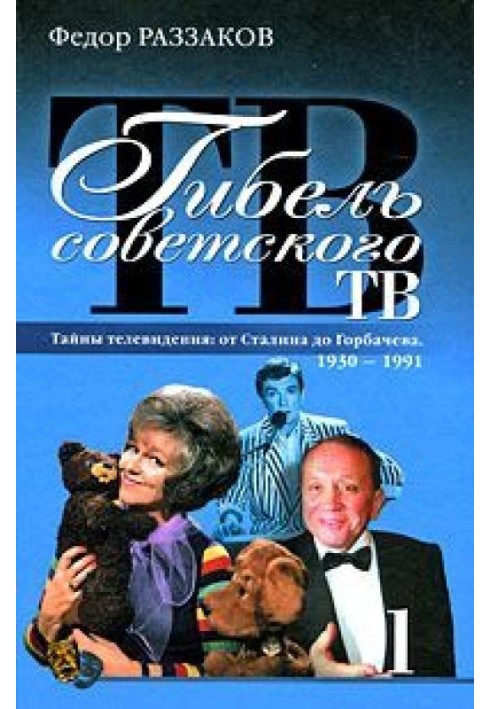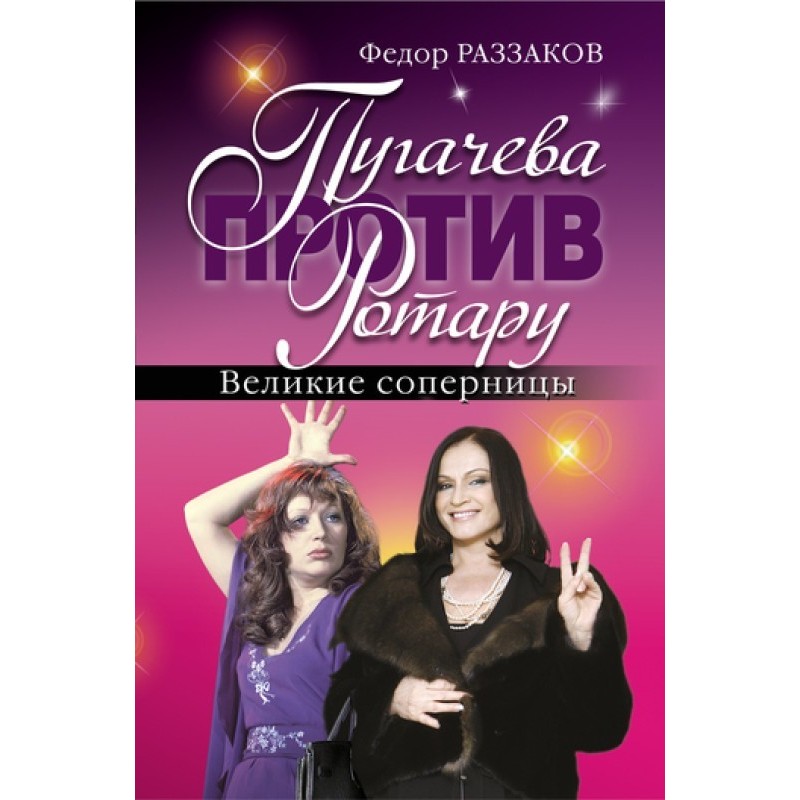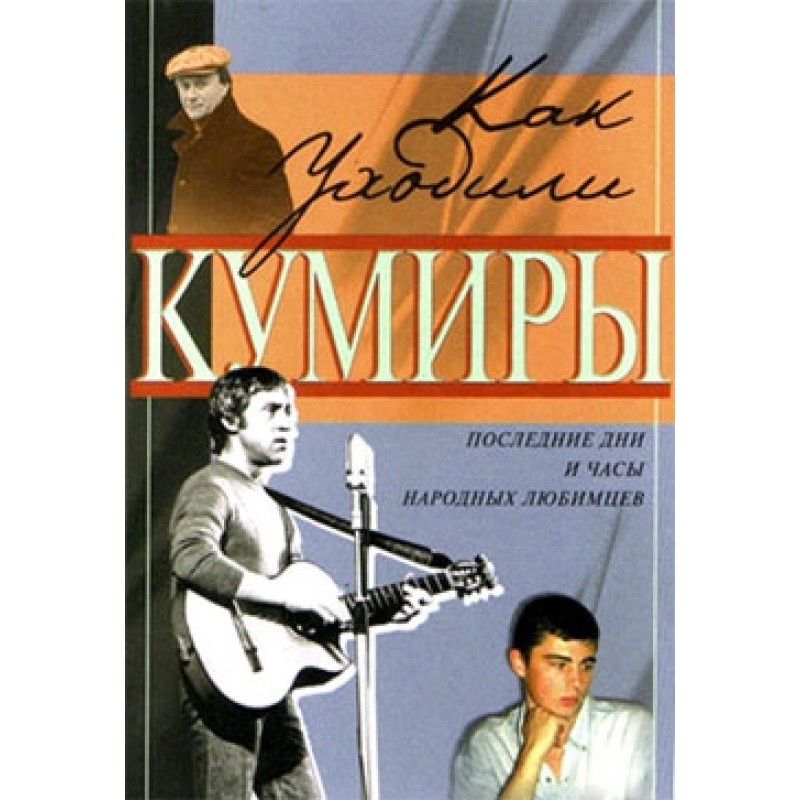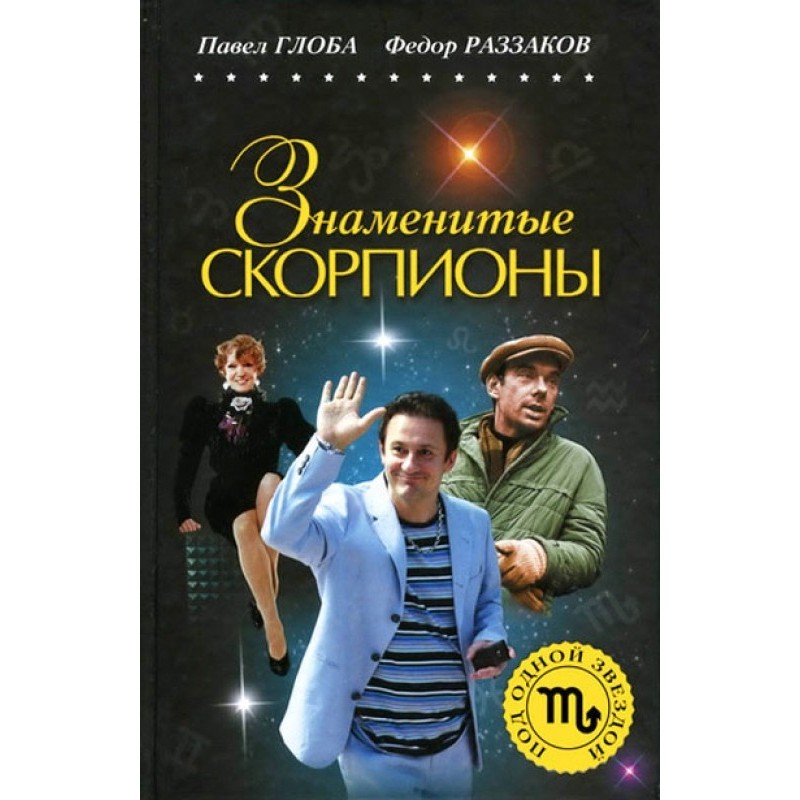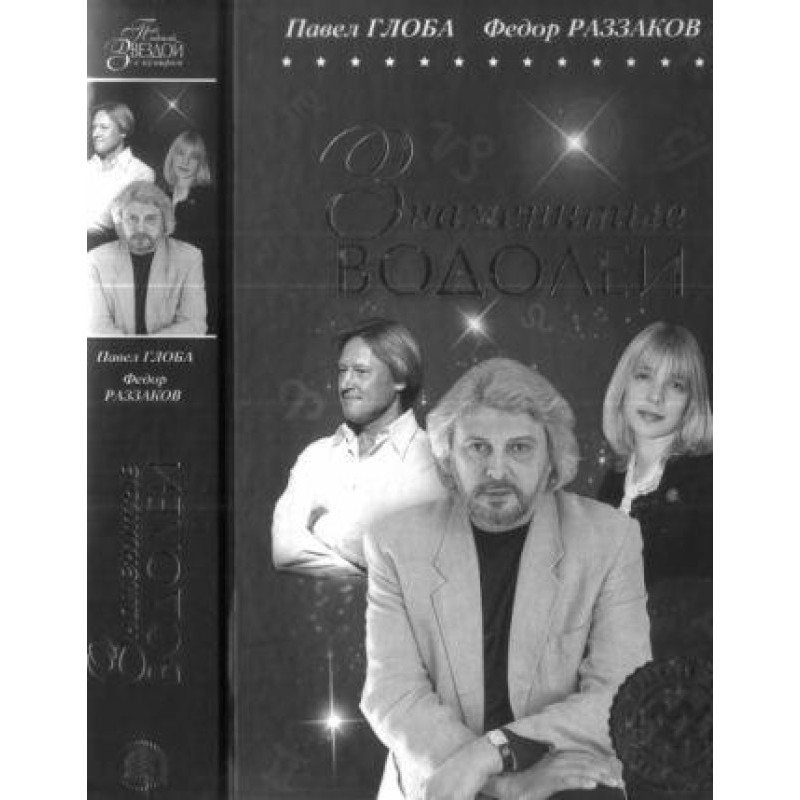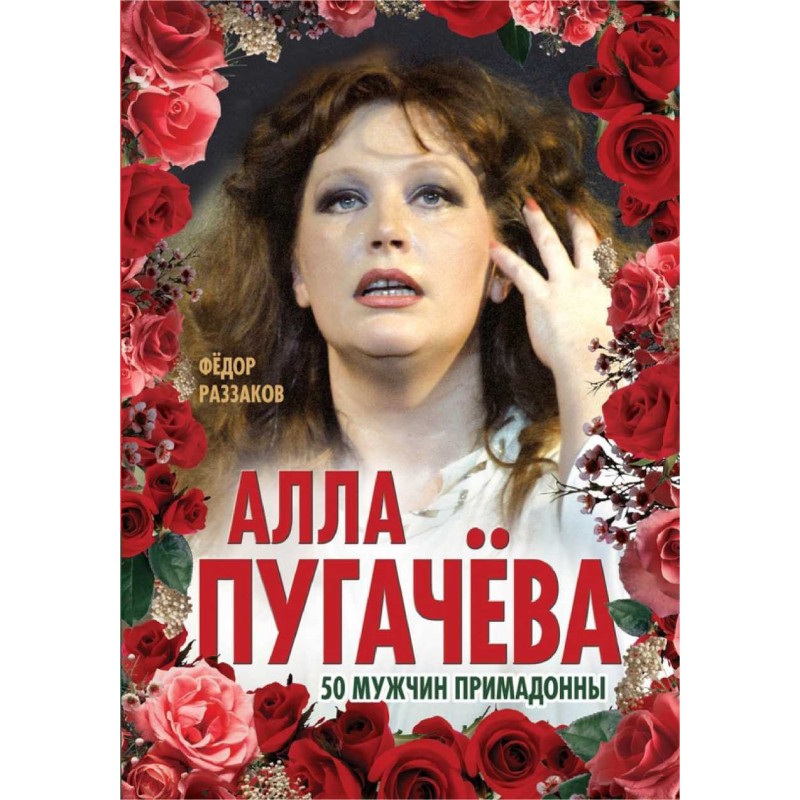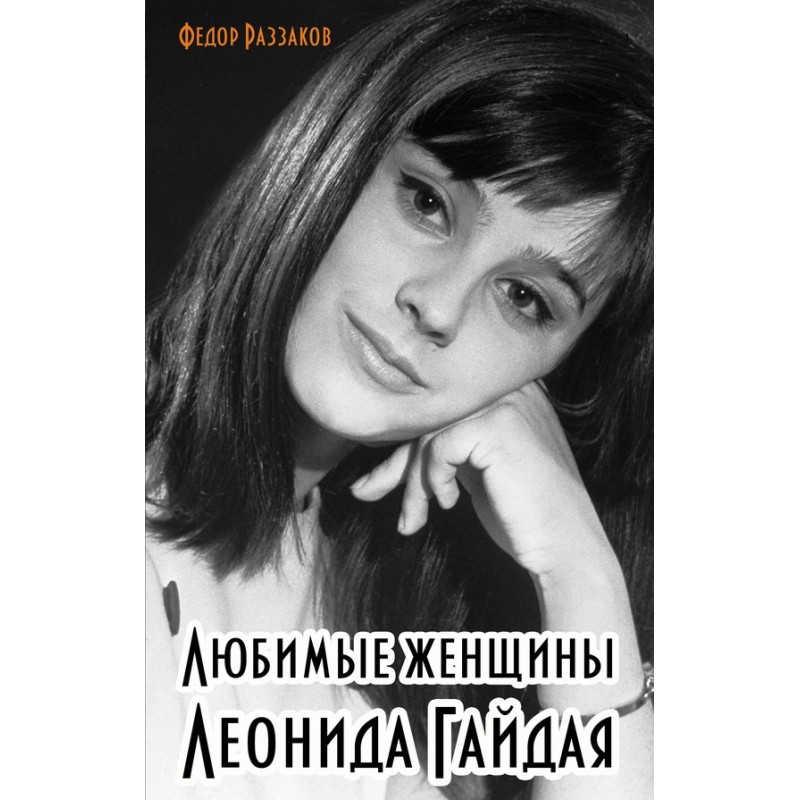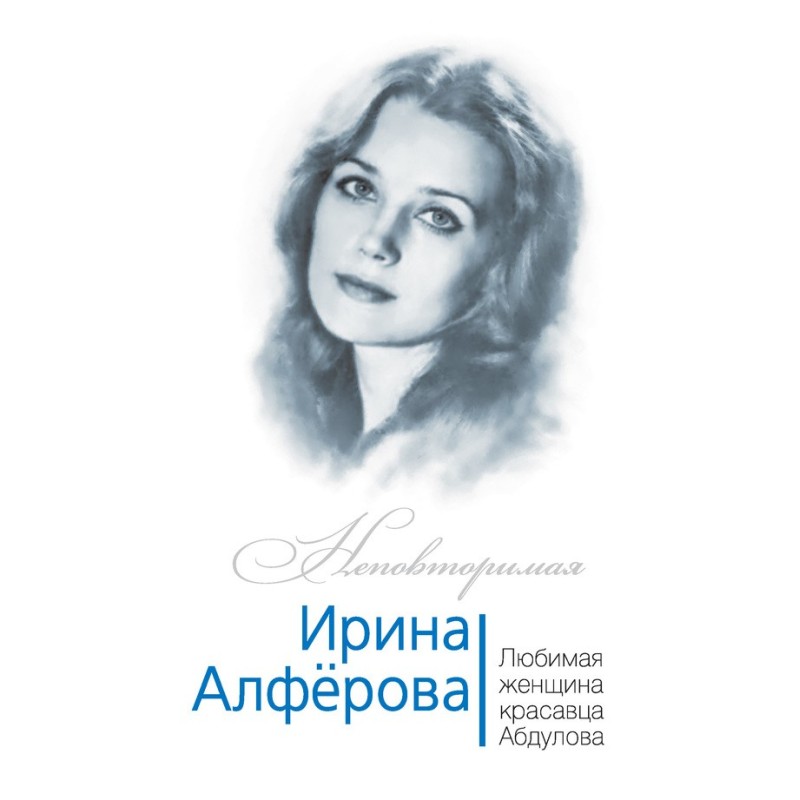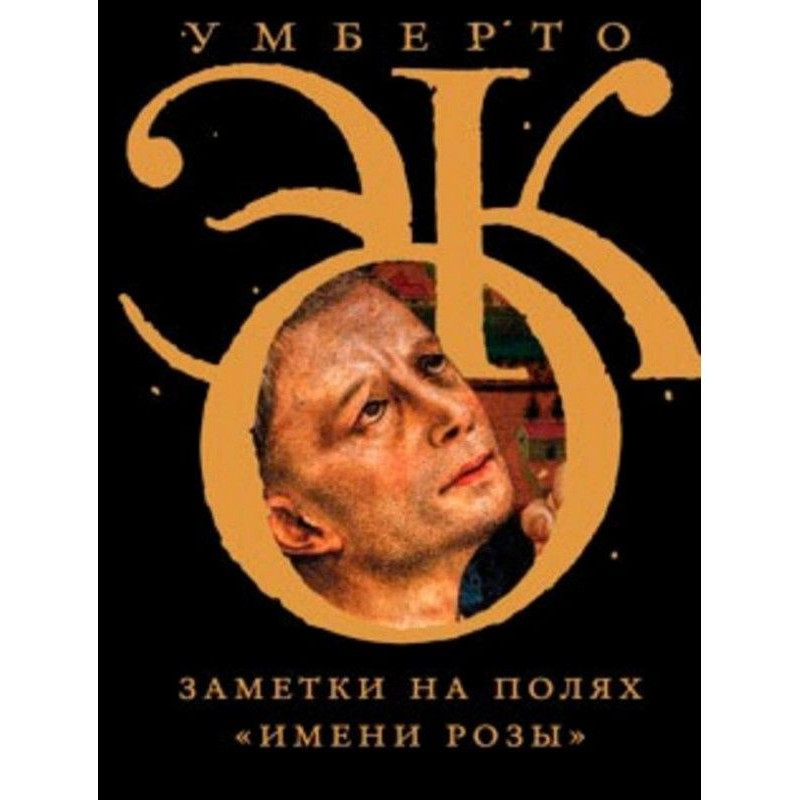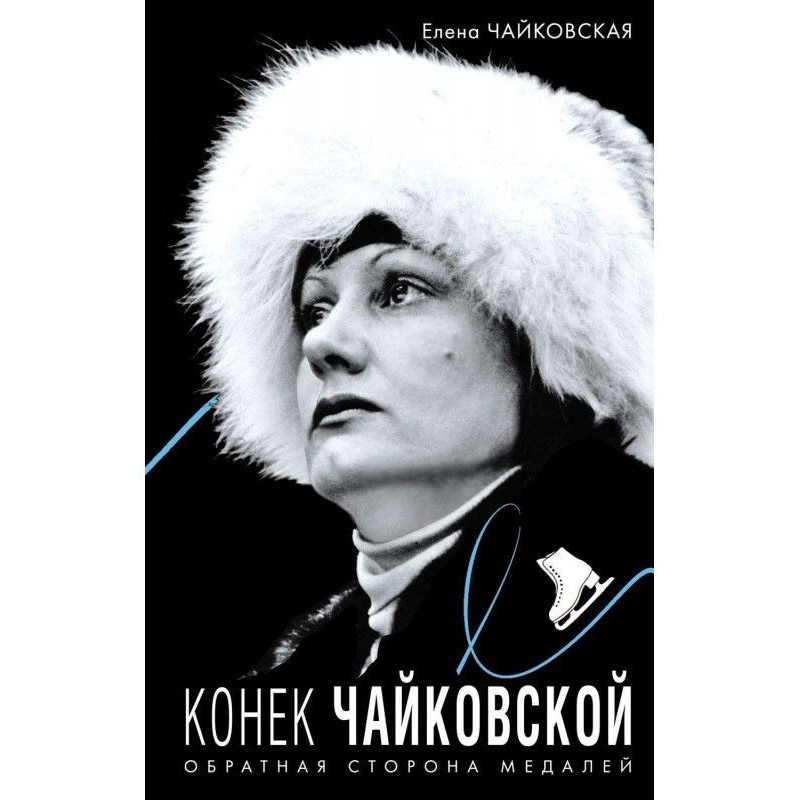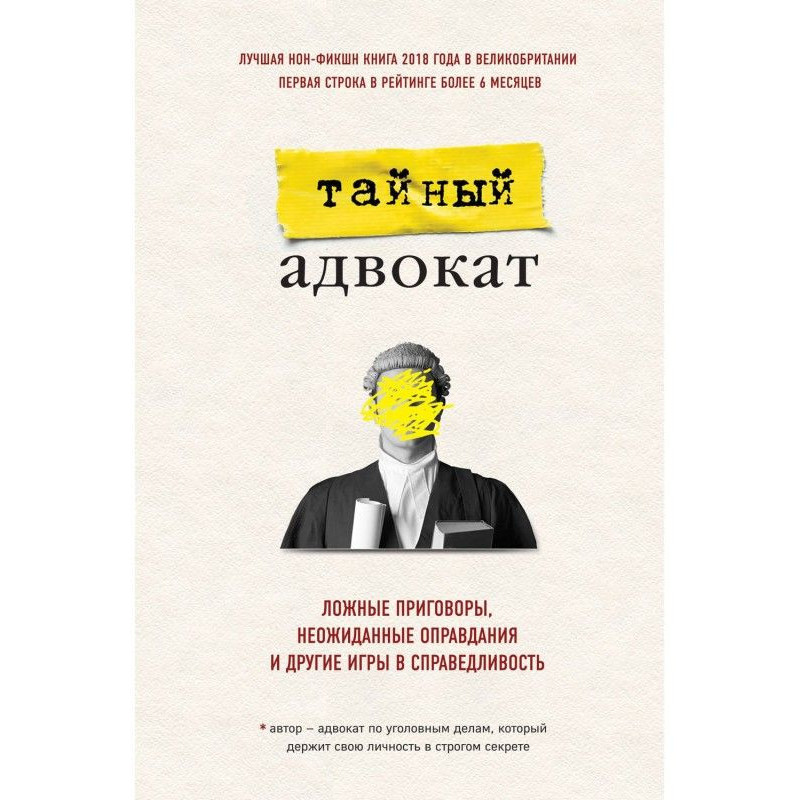The death of Soviet TV
 Instant download
Instant download
after payment (24/7)
 Wide range of formats
Wide range of formats
(for all gadgets)
 Full book
Full book
(including for Apple and Android)
A screen the size of a postage stamp and an impressive box with equipment with it - this was the first Soviet television. This was back in 1930. Only decades later did television firmly enter the everyday life of Soviet people, decisively displacing other sources of entertainment and information. In his book, F. Razzakov talks fascinatingly, with a lot of picturesque details, about the formation and development of Soviet television: from “KVN” to “Rubin”, from Shabolovka to Ostankino, from “Blue Light” to “Zucchini “13 Chairs””, from behind-the-scenes struggle and behind-the-scenes intrigues before the first series - and details of the lives of your favorite stars. Valentina Leontyeva, Igor Kirillov, Alexander Maslyakov, Yuri Senkevich, Yuri Nikolaev and those who came later, Vladislav Listyev, Artem Borovik, Tatyana Mitkova, Leonid Parfenov, Vladimir Pozner - they entered and enter our houses without knocking, they make us happy and sad, they report news and force think about it. This book will help you look beyond the blue screen; you will learn a lot of new and surprising things about the seemingly familiar and long-familiar.
Data sheet
- Name of the Author
- Федор Раззаков Ибатович
- Language
- Ukrainian
- Release date
- 2009
Reviews
Вражаюча подорож в історію радянського телебачення!
Книга Ф. Раззакова "Загибель радянського ТБ" - це справжня знахідка для всіх, хто цікавиться історією медіа та культурою радянського періоду. Автор майстерно проводить читача через етапи становлення телевізійної індустрії в СРСР, від перших експериментів до популярних шоу, які стали невід'ємною частиною життя мільйонів людей. Мальовничі деталі, цікаві факти та живі описи персонажів, таких як Валентина Леонтьєва та Владислав Листьєв, роблять цю книгу не лише інформаційною, а й захопливою. Я дізнався багато нового про закулісні інтриги та боротьбу за ефірний час, що дозволило мені по-іншому поглянути на знайомі програми. Хоча переклад тексту іноді має недоліки, це не заважає загальному враженню від читання. Рекомендую цю книгу всім, хто хоче заглянути за лаштунки блакитного екрану і зрозуміти, як формувалася телевізійна культура в радянському суспільстві.

